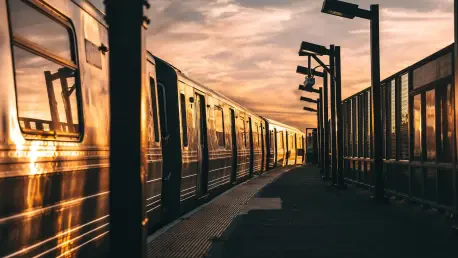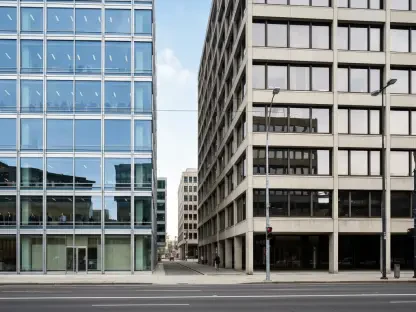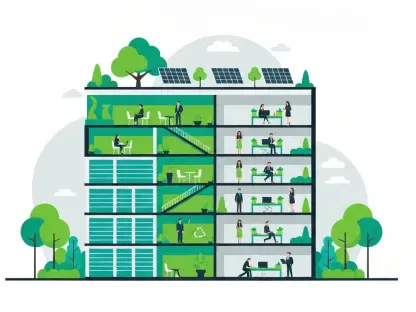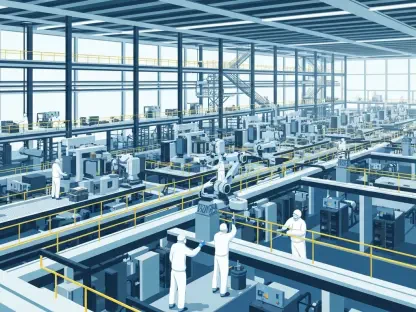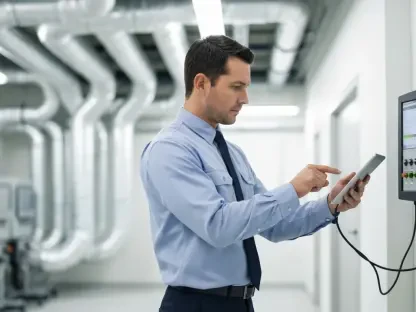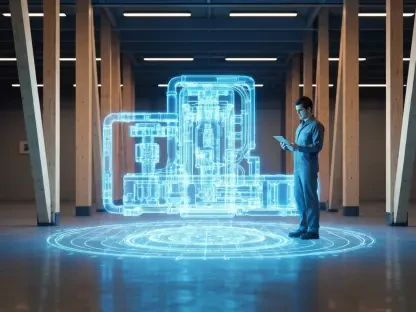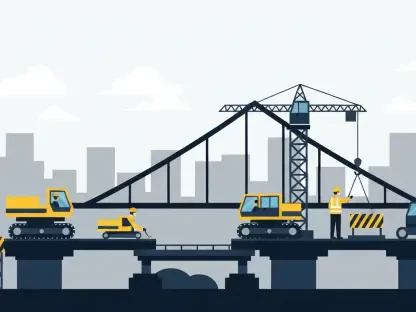The prospect of revitalizing New York City’s rail infrastructure represents a crucial effort toward enhancing climate resilience. This endeavor is paramount as climate change escalates the frequency and severity of weather events, necessitating infrastructure capable of withstanding these challenges. In this context, reinforcing New York’s rail system is vital to ensure uninterrupted service during extreme weather.
Early 20th Century – Construction of Initial Rail Tunnels
In 1910, the original East River Tunnel was constructed, establishing a foundation for the city’s transportation infrastructure. This endeavor created four tubes that have supported the city for over a century, playing a pivotal role in the development of NYC’s rail network and being instrumental in current modernization efforts.
2012 – Impact of Hurricane Sandy
Hurricane Sandy struck in 2012, causing unprecedented damage to NYC’s rail system. The saltwater flooding inflicted by the storm led to severe damage to electrical, signal, and structural components of the tunnel, prominently highlighting the vulnerability of aging infrastructure to climate change-driven events.
2023 – Infrastructure Investment & Jobs Act Allocation
By 2023, the federal government allocated a $1.26 billion grant to the East River Tunnel Project through the Infrastructure Investment & Jobs Act. This funding underscored the essential role of government investment in fortifying infrastructure against increasing climatic threats, marking a pivotal turning point in reinforcing NYC’s rail systems.
2023 – Project Initiation at Sunnyside Yard
At Sunnyside Yard in Queens, initial construction began in 2023. This marked the beginning of a meticulously planned modernization project. Efforts focused on preparatory work and developing sustainable methodologies as part of a comprehensive strategy to improve rail resilience.
2027 – Projected Completion of East River Tunnel Rehabilitation
The East River Tunnel rehabilitation is projected for completion in 2027, with plans to demolish the damaged systems down to the concrete liner and fully restore the structure. The emphasis is on adopting cutting-edge construction techniques to ensure enhanced resilience and operational efficiency for the future.
The journey toward modernizing NYC’s rail infrastructure has been shaped significantly by pivotal events like Hurricane Sandy and supported by substantial federal investments. The project reflects a holistic response to infrastructure challenges, with collaborative efforts harnessing modern technologies to bolster the system against future climate-related adversities. These milestones illustrate a progressive approach to addressing infrastructure vulnerabilities and ensuring continued operation amidst growing climatic uncertainties. Further exploration can be directed towards integrating renewable energy into rail systems and innovative construction practices to further enhance infrastructure resilience.
